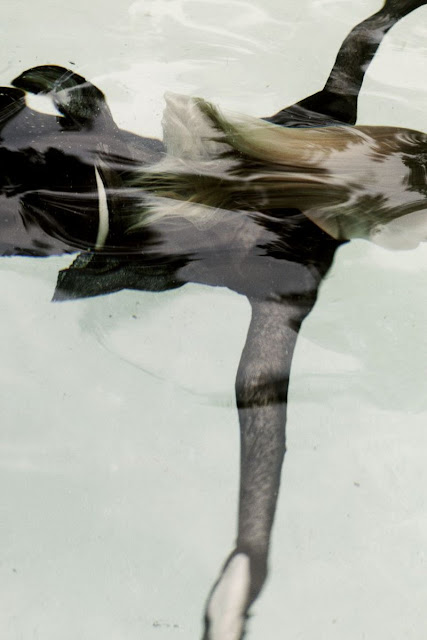Monday, December 20, 2010
Wednesday, December 15, 2010
its official. prince charming is getting married.
designers sketch their suggestions for the new princess of England: Kate Middleton
more here:WWD.com
Friday, December 10, 2010
Thursday, December 2, 2010
Tuesday, November 30, 2010
Wednesday, November 24, 2010
Tuesday, November 23, 2010
Thursday, November 18, 2010
Wednesday, November 17, 2010
Thursday, November 11, 2010
Tuesday, November 9, 2010
Tuesday, November 2, 2010
Monday, November 1, 2010
Wednesday, October 27, 2010
amazing.
About The Work
For the past ten years I’ve made most of my work by stapling found textiles—often bedspreads and carpets—to the walls using thousands of metal staples. Parts of the fabric and the staples are then removed and sometimes reapplied, leaving a residue of shredded fabric and perforated wall surface in some areas, and densely stapled and built-up areas elsewhere. In these “sculptural drawings” staples act as mark and material, penetrating, distressing, and ornamenting the skin of the wall. The progressively dematerialized image, articulated by metal staples and fabric residue, seems to be simultaneously emerging from and disappearing into the wall. Staples mimic the patterns and weave of the fabric, and a kind of binary language emerges—staple being analogous to stitch.As an act of making, the work takes place within the larger continuum of human technology. It is process-based in the sense that it is a product of action and reaction—an act that generates form that generates another act, and so on. New form emerges from the remains of old. Large bedspreads reference the monolithic rectangles of abstract painting as well as bed and body, and I find myself riffing off of artists like Frank Stella, Sol Lewitt, and Mark Rothko. A series of pieces made with Persian-type carpets speaks to my frustration with current geopolitical crisis as well as to issues of value and display, collection and loss. I’ve become extremely interested in the history of labor, capital, industrialization and technology, as characterized by development and change in the textile industry.
My materials, often cheap, tacky, or discarded household items and fabric, challenge conventions of taste and beauty and draw attention to how art and design migrate throughout culture, from high to low and back again, reinterpreted by industry to meet the needs of different markets and trends. My work negotiates a thin line between attraction and repulsion, pain and pleasure, vulgar and sublime. I am fascinated by the way form is generated by growth and decay, construction and destruction. My work has a relationship to Modernism which is both reverent and irreverent. This is the language I grew up with, but have never felt ownership of. To the extent that I operate from a position of alienation, my relationship to both high and low culture remains vicarious.
Site-specific projects are a large part of my practice. Each site has its challenges: formal, conceptual, and practical. Curiosity and desire confront the demands of the physical and institutional world—space, time, and resources. For me this relationship is crucial to the realization of a project. Recently I’ve become interested in altering the spaces in which I work as well as their surfaces. I’ve been designing and building new walls on which to mount my panels. In these works there is no one privileged view; one’s vantage point shifts as the piece is traversed.
more:elanaherzog
Monday, October 25, 2010
Saturday, October 23, 2010
only you
Take my fret, take my fear
All I have, I’m leaving here
Be all my hopes, be all my dreams
Be all my delights, be my everything
And It’s just you and me here now
Only you and me here now
You should see the view
When it’s only You
david crowder
All I have, I’m leaving here
Be all my hopes, be all my dreams
Be all my delights, be my everything
And It’s just you and me here now
Only you and me here now
You should see the view
When it’s only You
david crowder
Friday, October 22, 2010
Subscribe to:
Posts (Atom)

















































